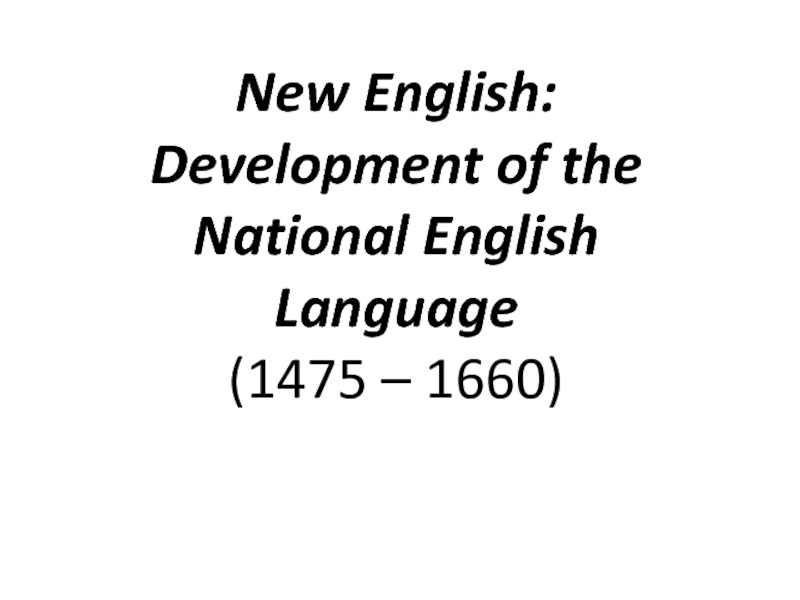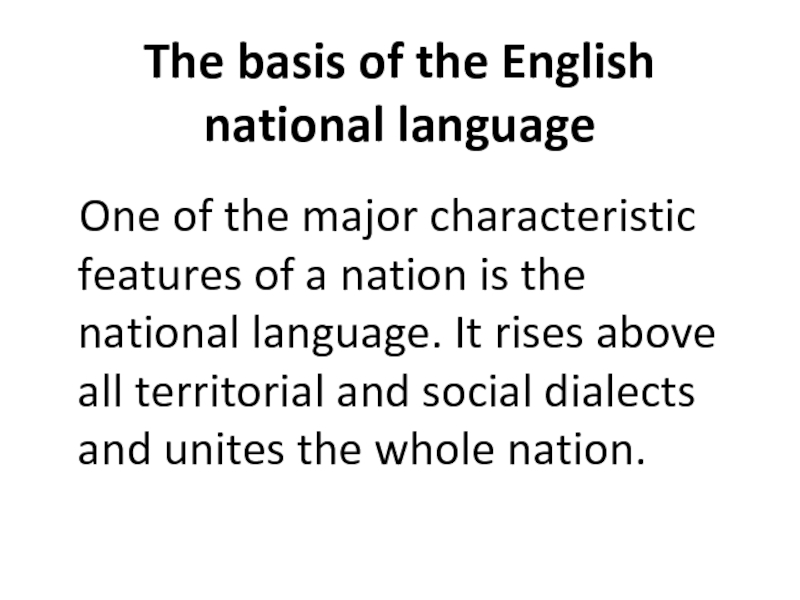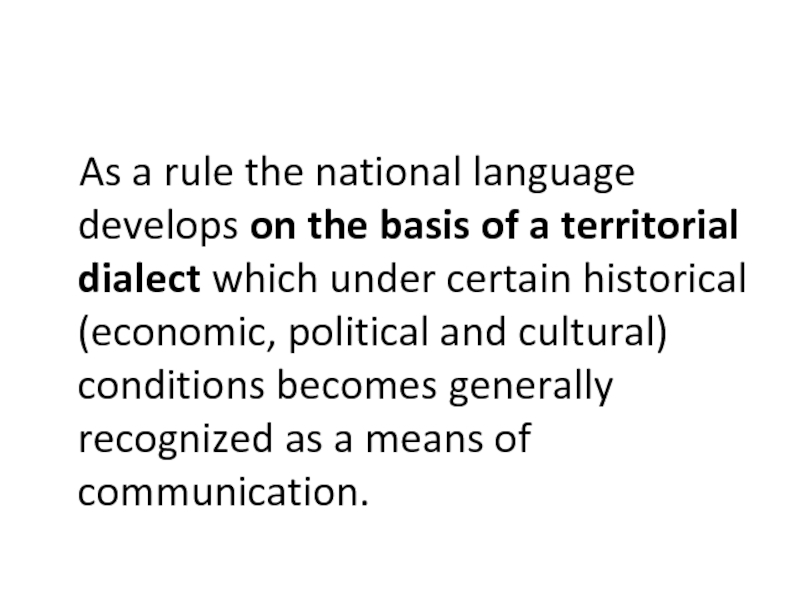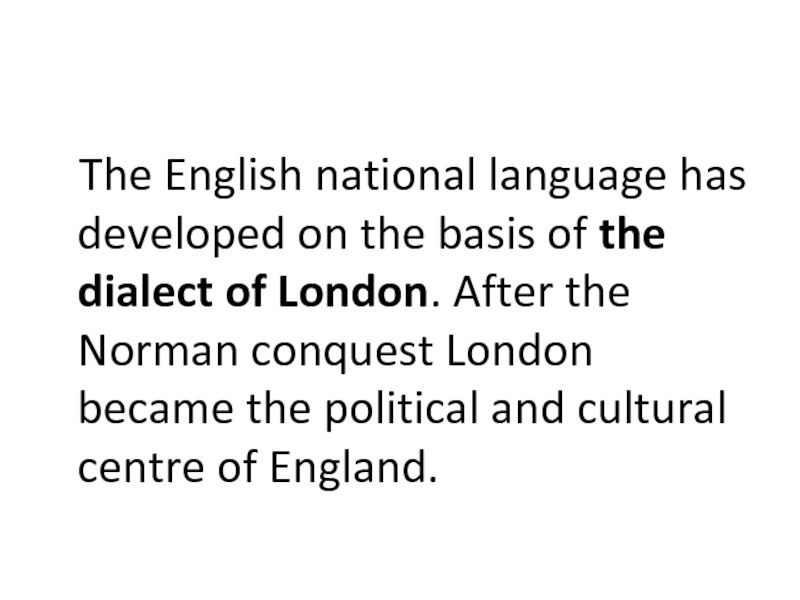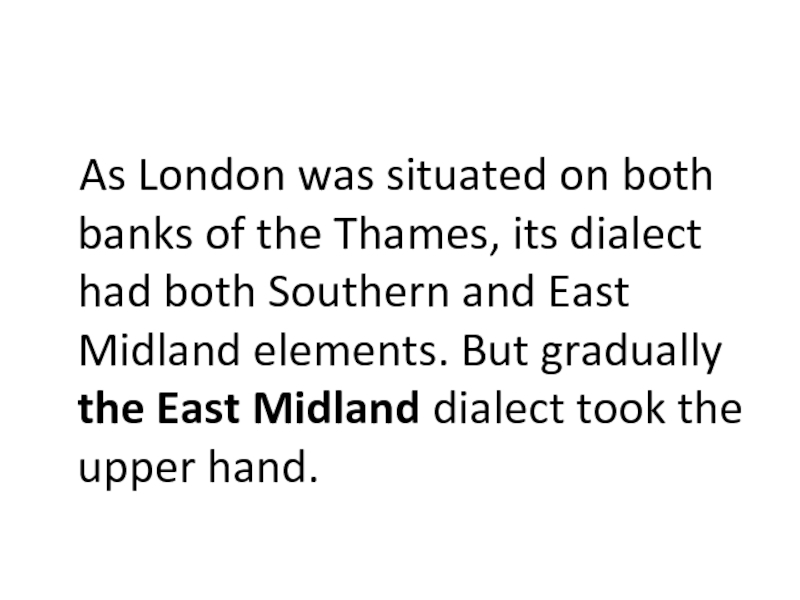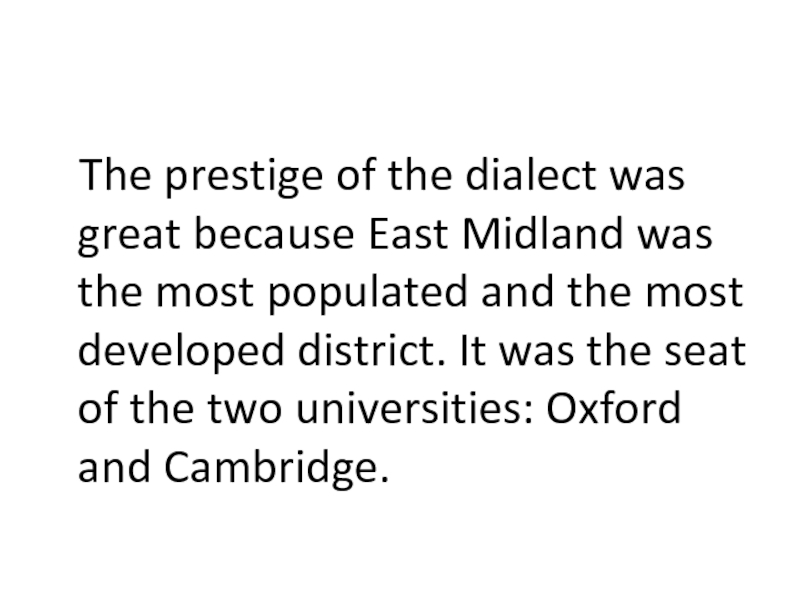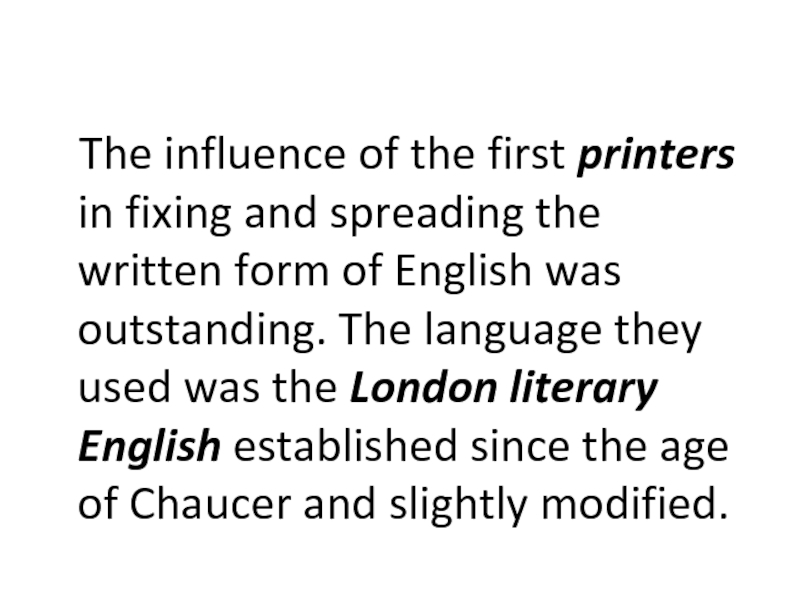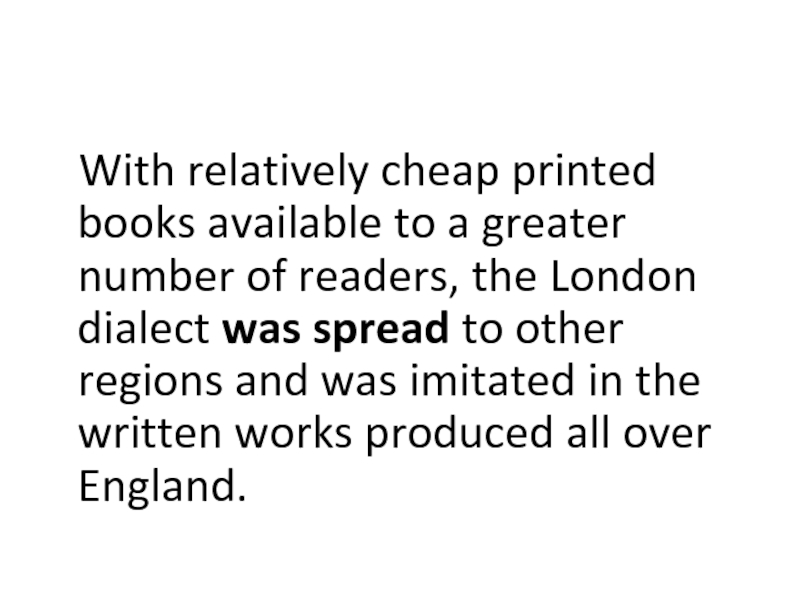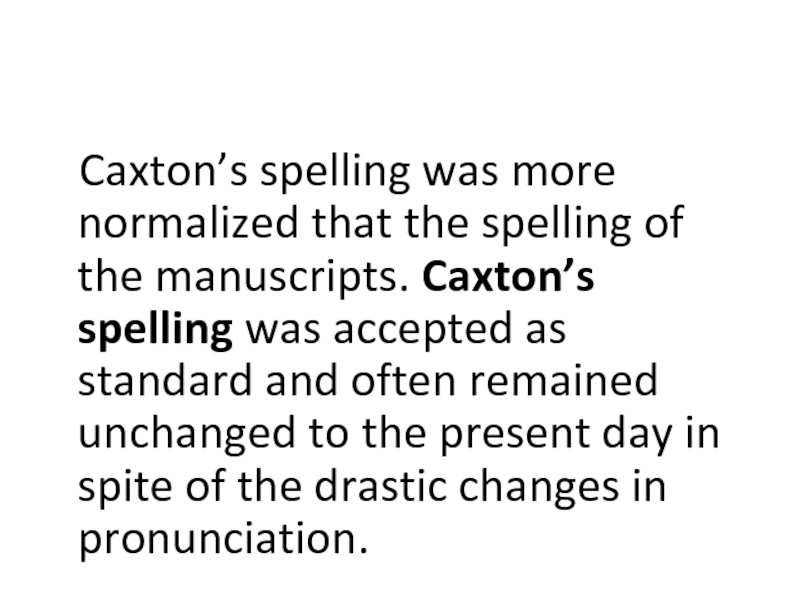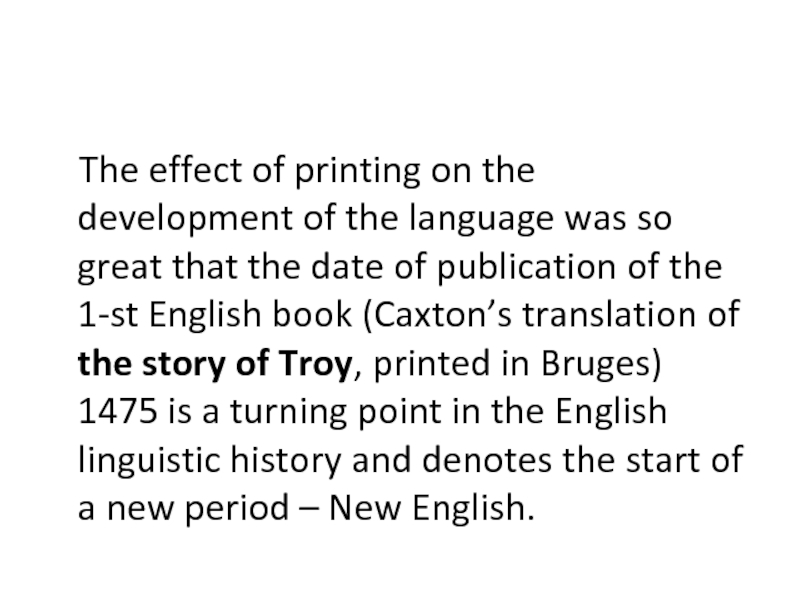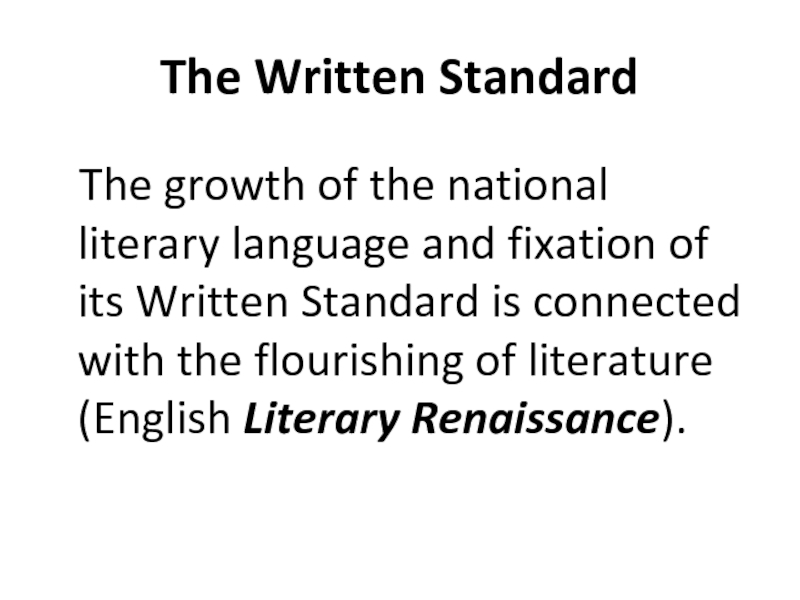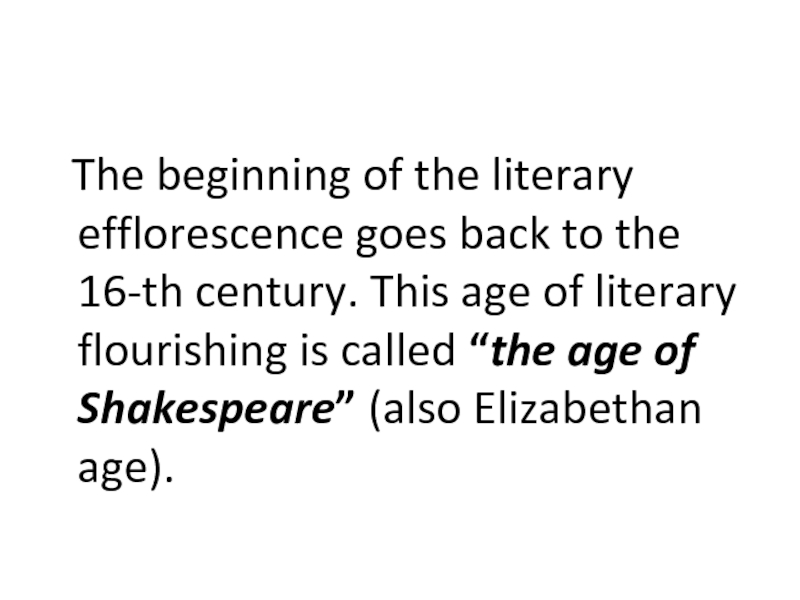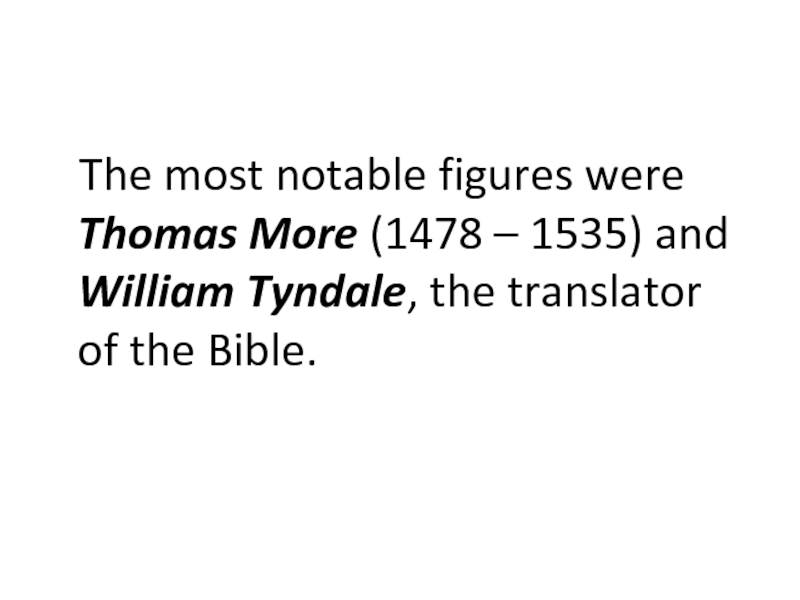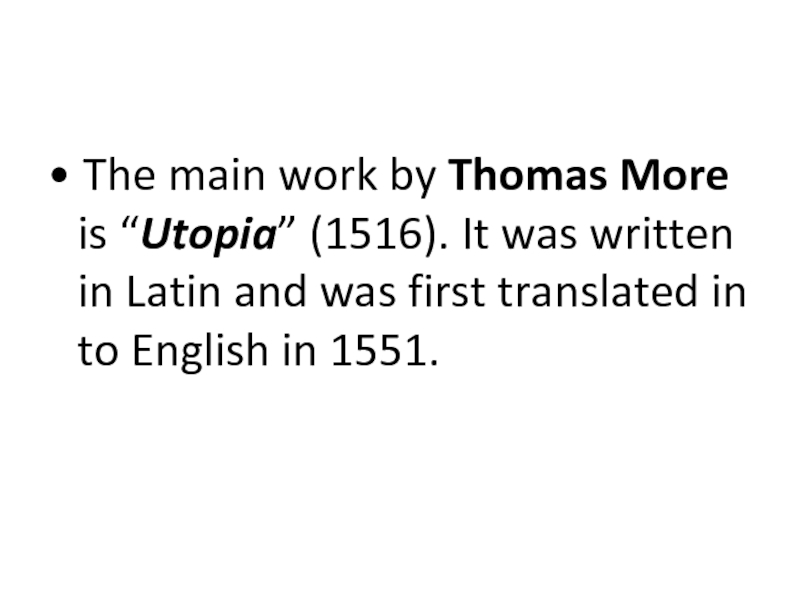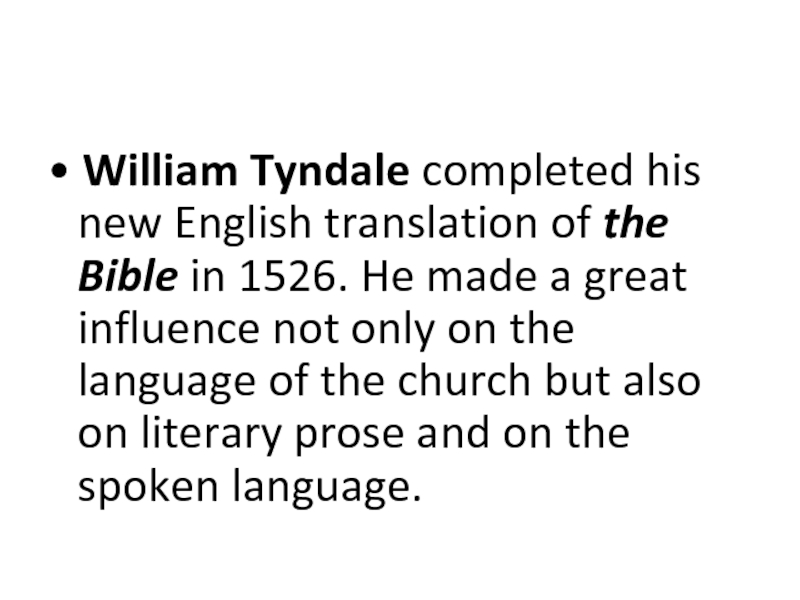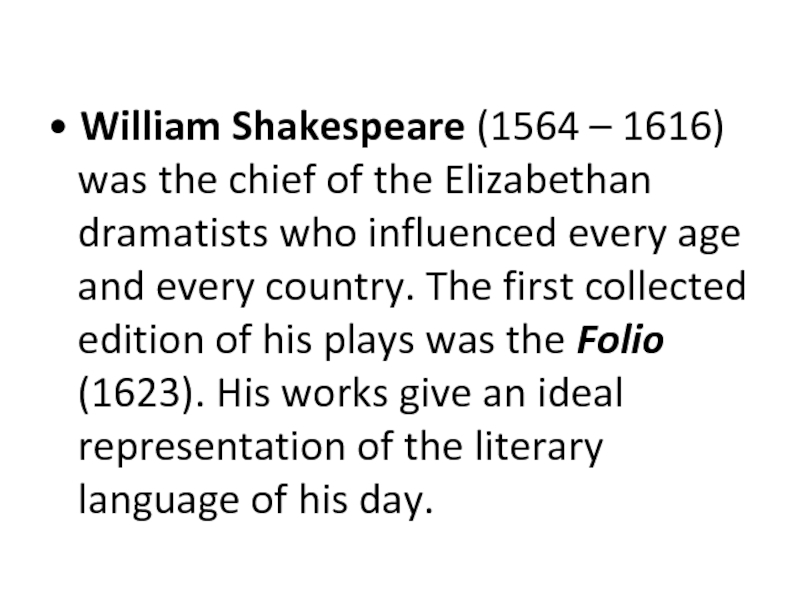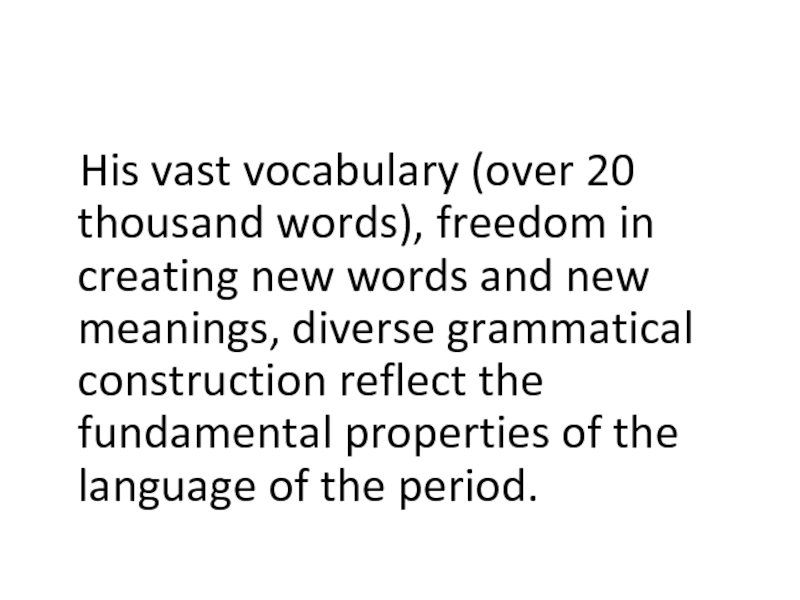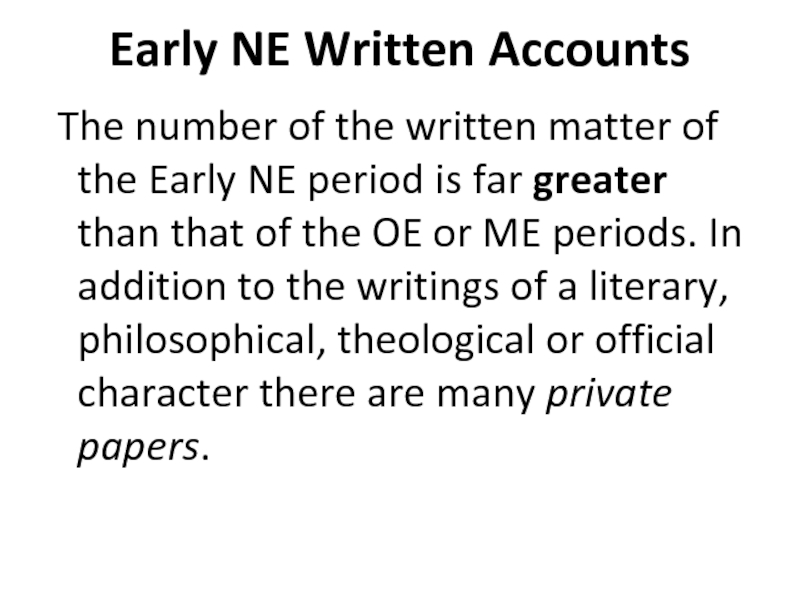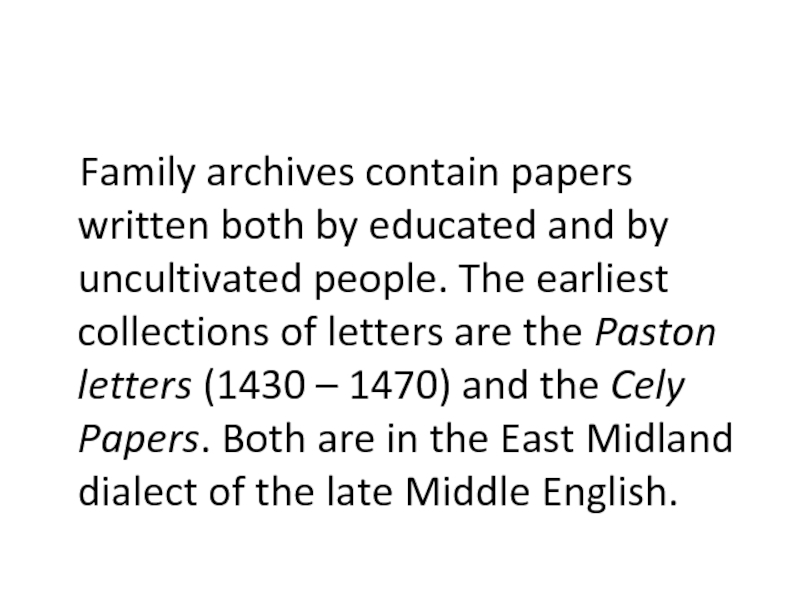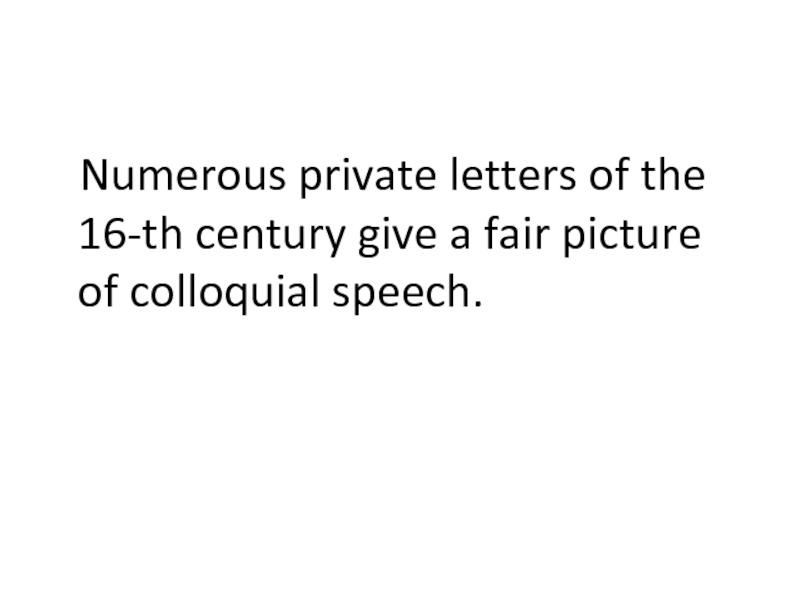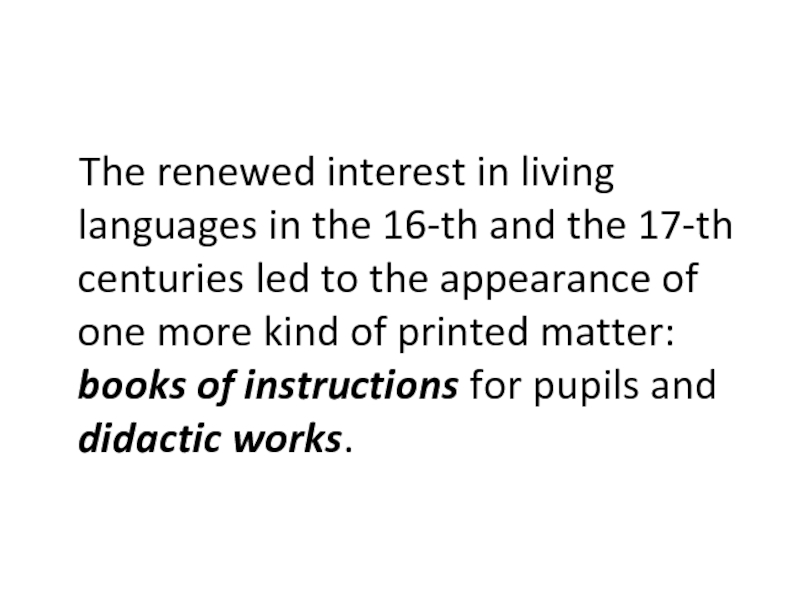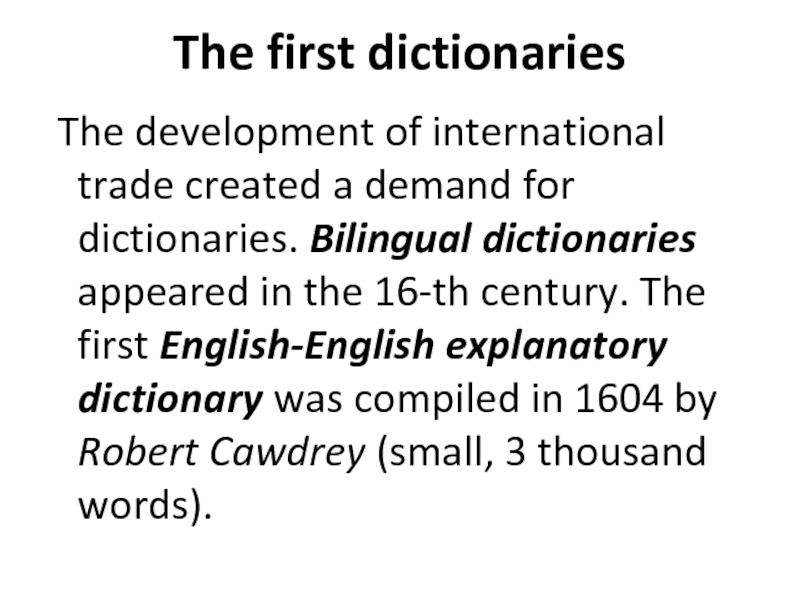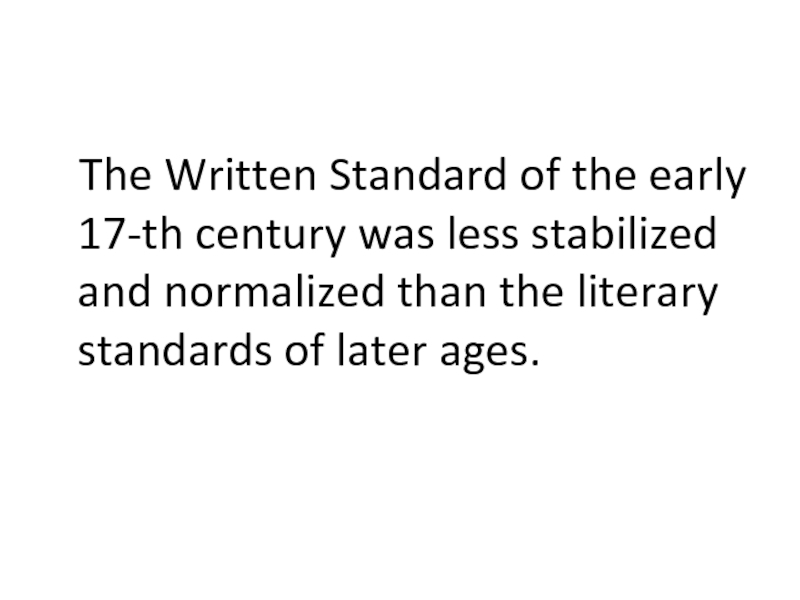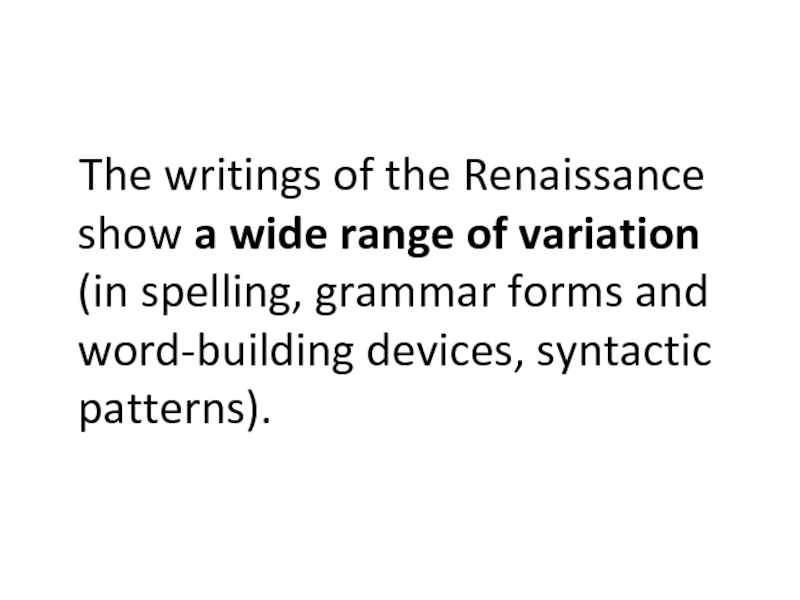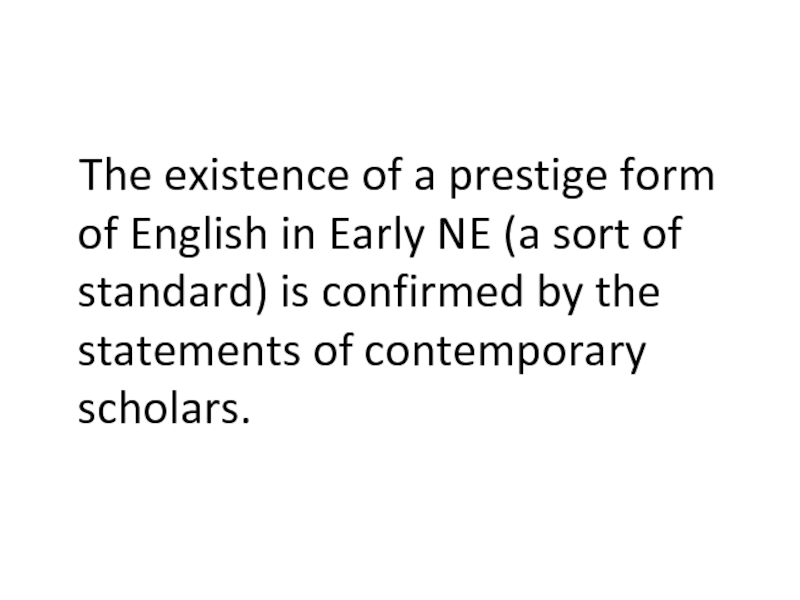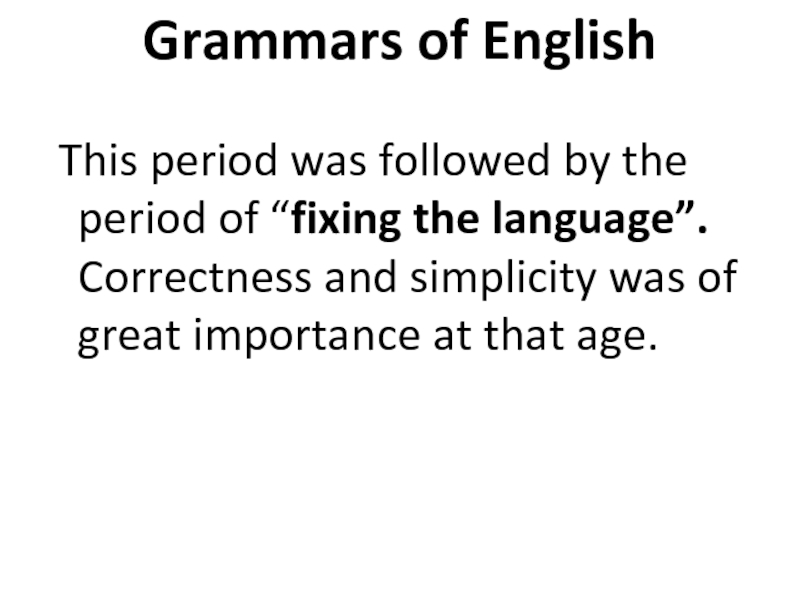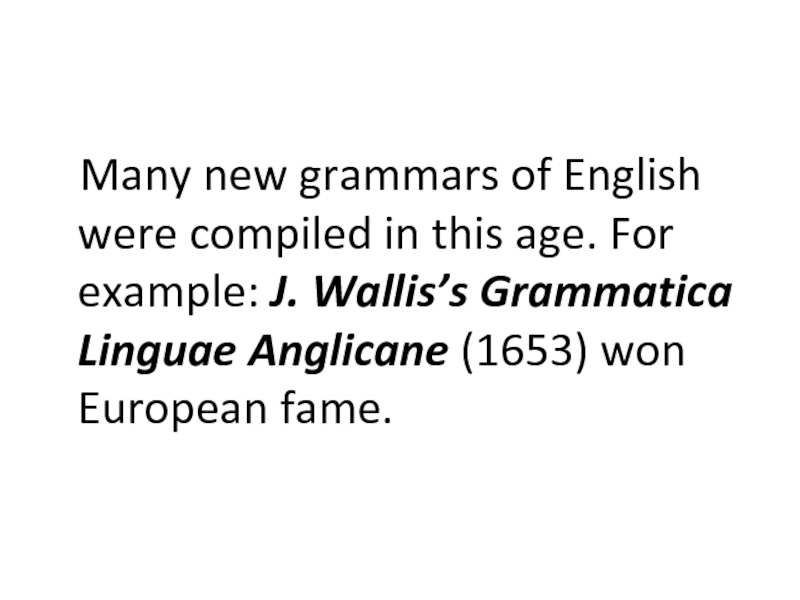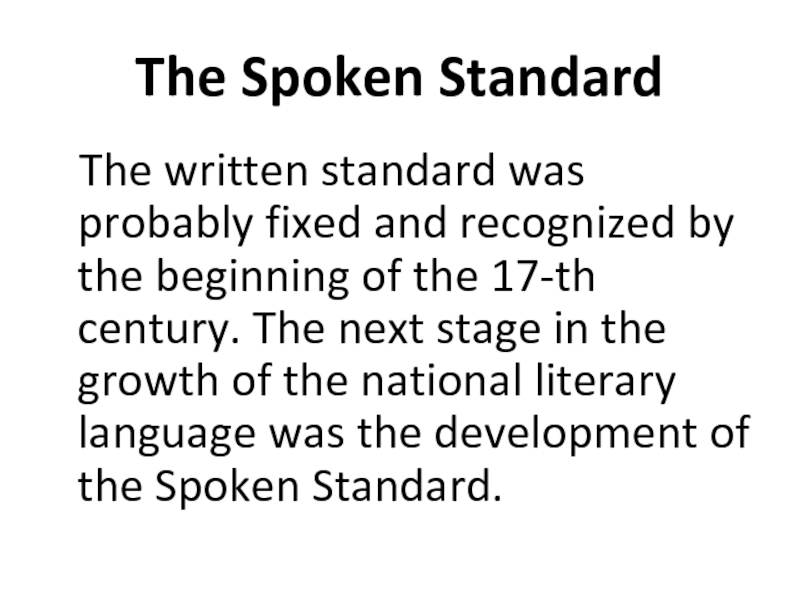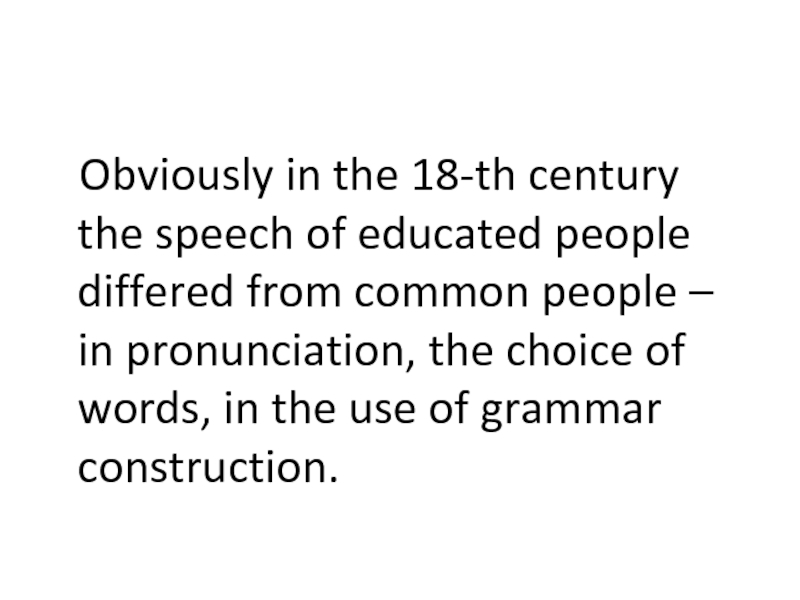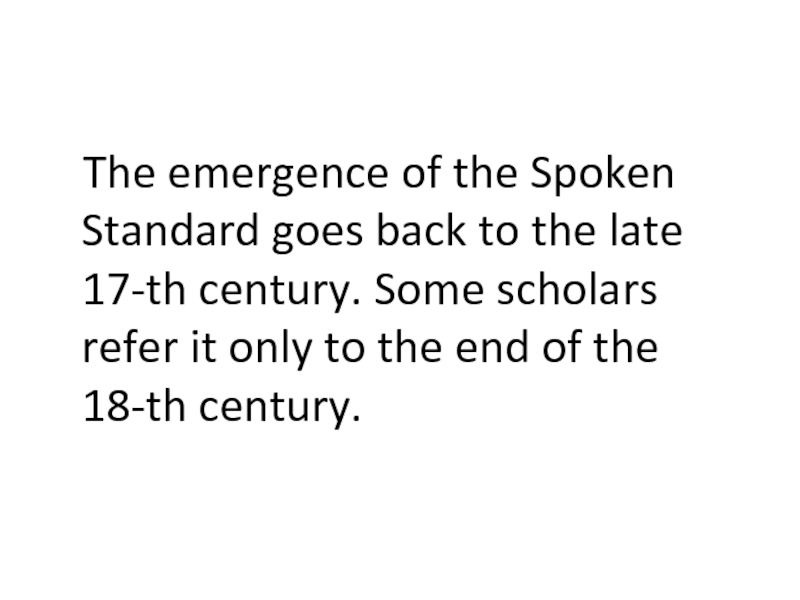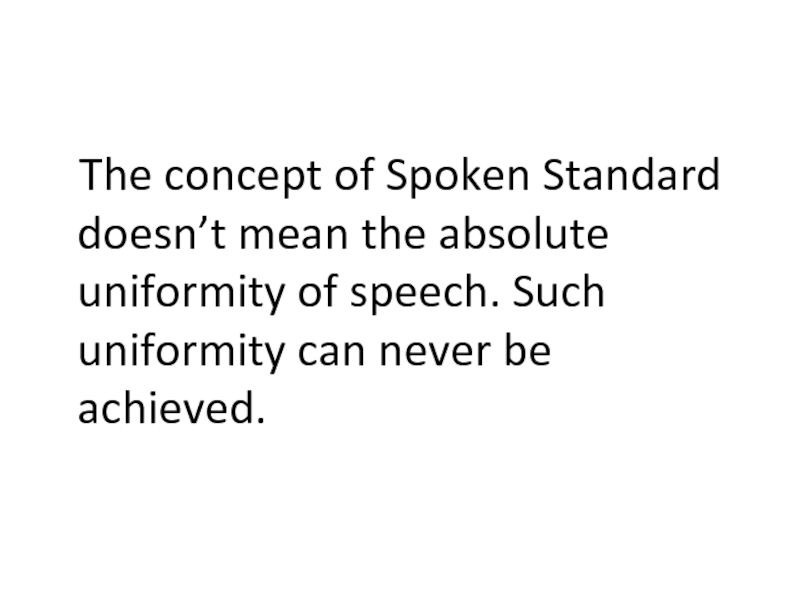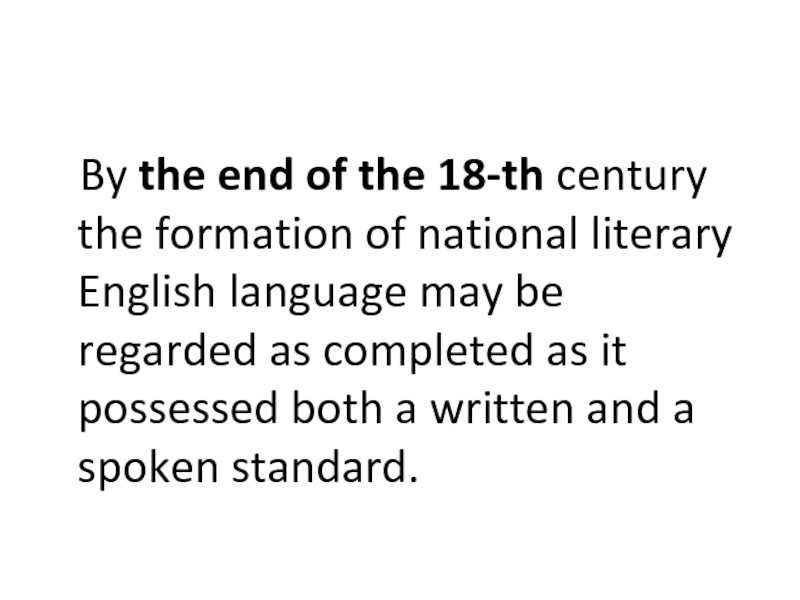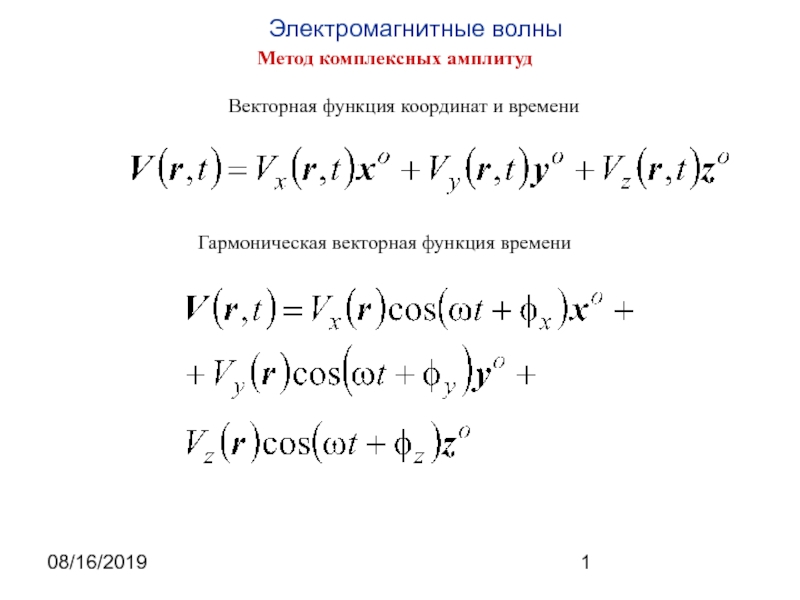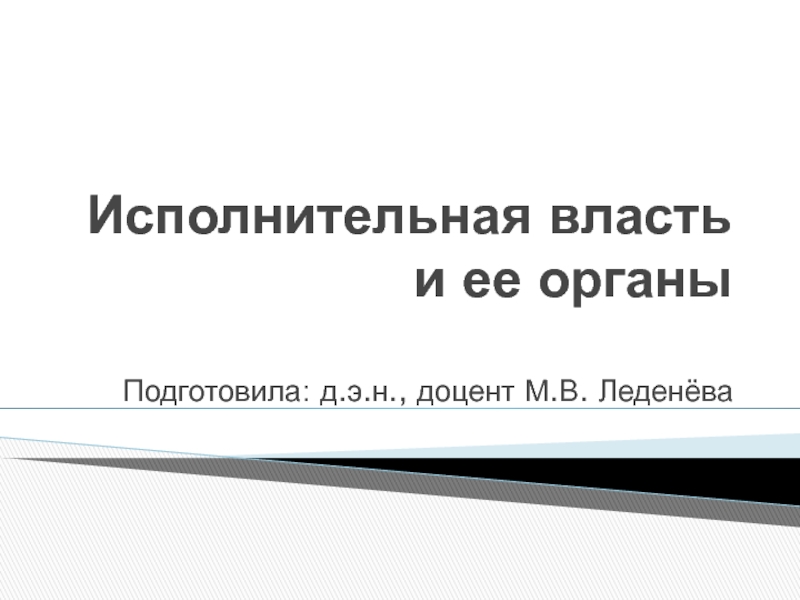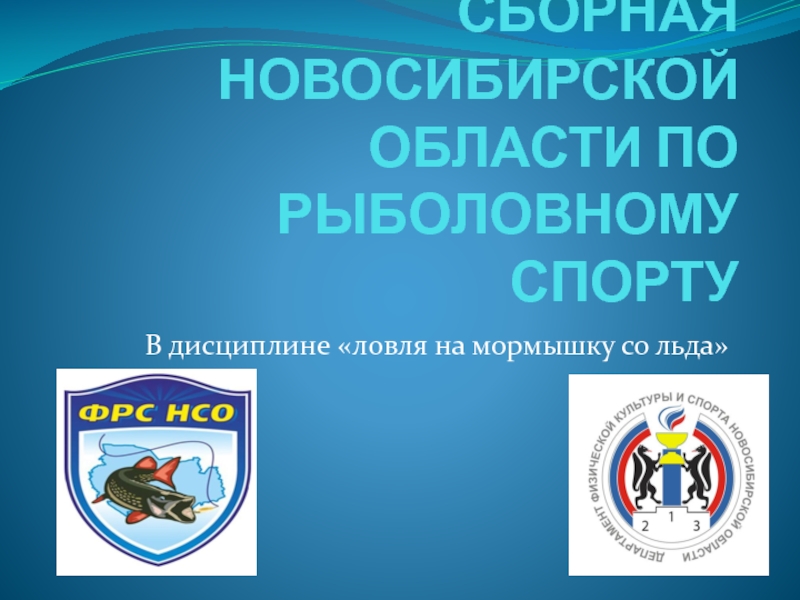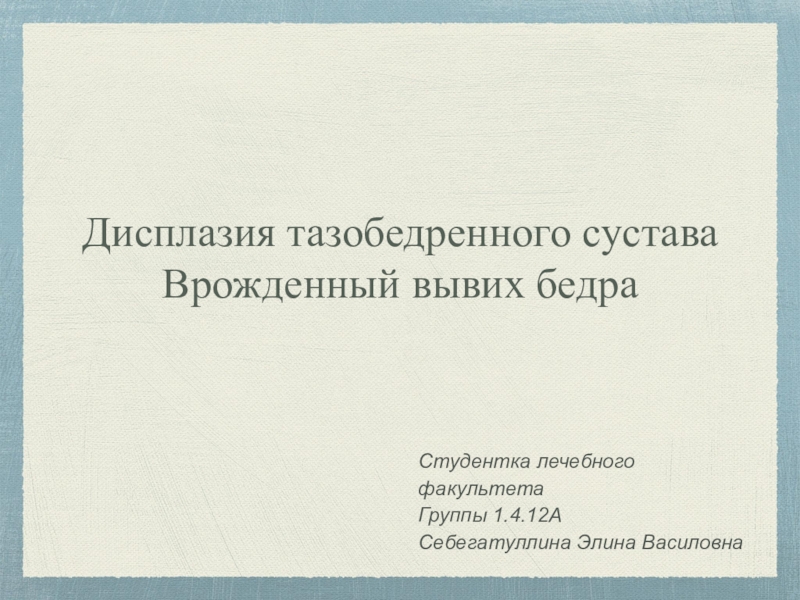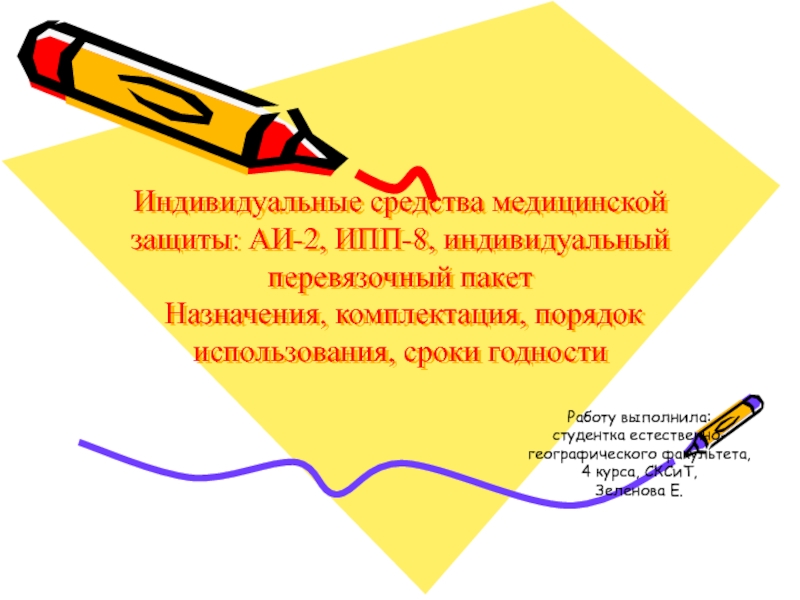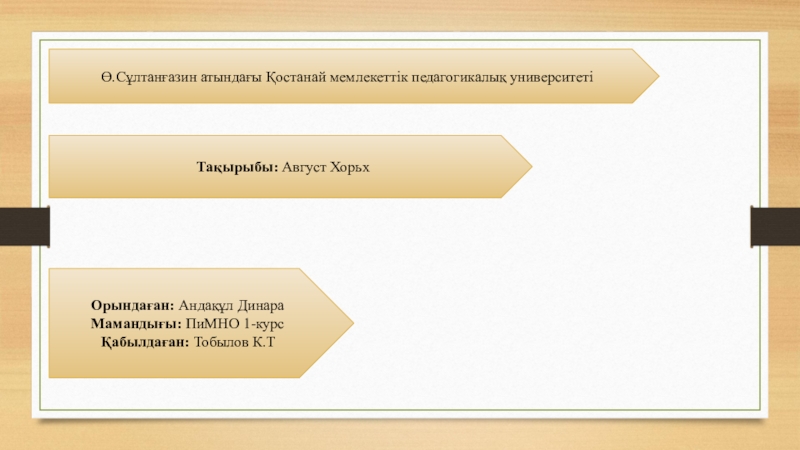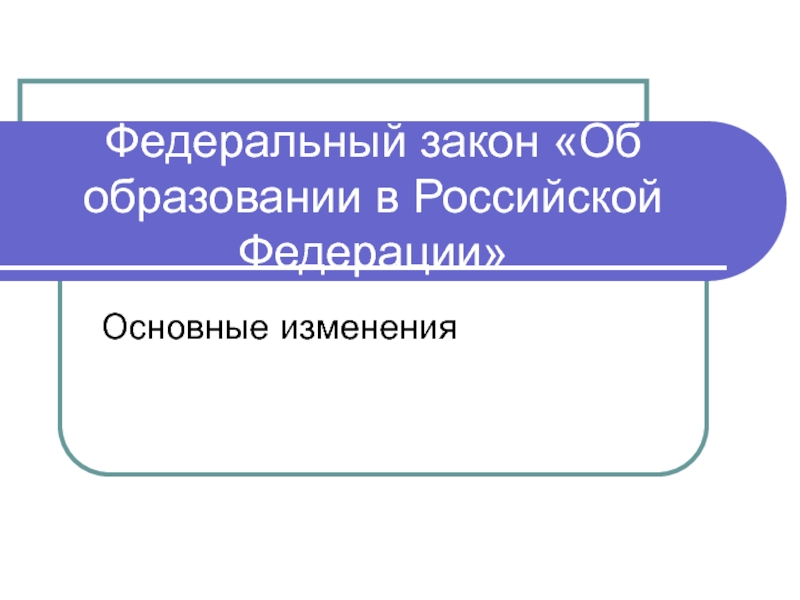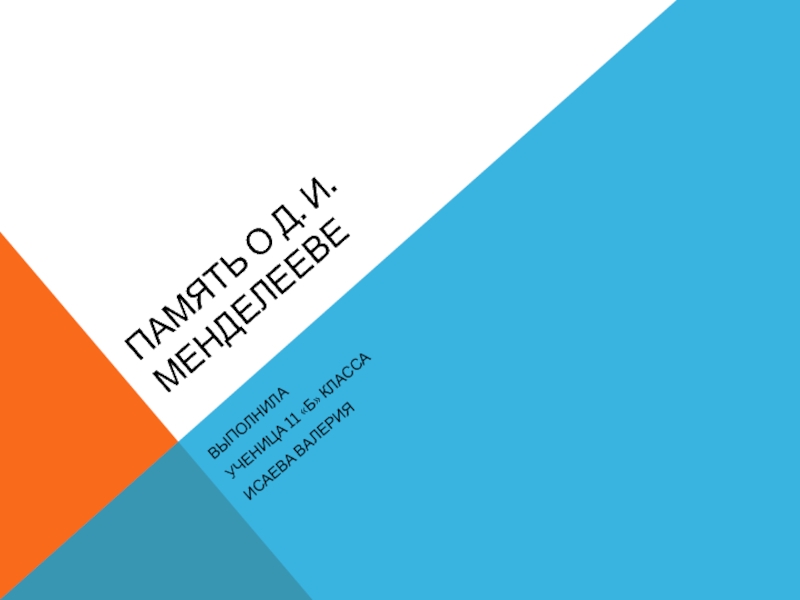Слайд 1New English: Development of the National English Language
(1475 – 1660)
Слайд 2
The basis of the English national language
One of the major
characteristic features of a nation is the national language. It
rises above all territorial and social dialects and unites the whole nation.
Слайд 3As a rule the national language develops on the basis
of a territorial dialect which under certain historical (economic, political
and cultural) conditions becomes generally recognized as a means of communication.
Слайд 4The English national language has developed on the basis of
the dialect of London. After the Norman conquest London became
the political and cultural centre of England.
Слайд 5As London was situated on both banks of the Thames,
its dialect had both Southern and East Midland elements. But
gradually the East Midland dialect took the upper hand.
Слайд 6The prestige of the dialect was great because East Midland
was the most populated and the most developed district. It
was the seat of the two universities: Oxford and Cambridge.
Слайд 7The influence of the first printers in fixing and spreading
the written form of English was outstanding. The language they
used was the London literary English established since the age of Chaucer and slightly modified.
Слайд 8With relatively cheap printed books available to a greater number
of readers, the London dialect was spread to other regions
and was imitated in the written works produced all over England.
Слайд 9Caxton’s spelling was more normalized that the spelling of the
manuscripts. Caxton’s spelling was accepted as standard and often remained
unchanged to the present day in spite of the drastic changes in pronunciation.
Слайд 10The effect of printing on the development of the language
was so great that the date of publication of the
1-st English book (Caxton’s translation of the story of Troy, printed in Bruges) 1475 is a turning point in the English linguistic history and denotes the start of a new period – New English.
Слайд 11The Written Standard
The growth of the national literary language and
fixation of its Written Standard is connected with the flourishing
of literature (English Literary Renaissance).
Слайд 12The beginning of the literary efflorescence goes back to the
16-th century. This age of literary flourishing is called “the
age of Shakespeare” (also Elizabethan age).
Слайд 13The most notable figures were Thomas More (1478 – 1535)
and William Tyndale, the translator of the Bible.
Слайд 14 The main work by Thomas More is “Utopia” (1516).
It was written in Latin and was first translated in
to English in 1551.
Слайд 15 William Tyndale completed his new English translation of the
Bible in 1526. He made a great influence not only
on the language of the church but also on literary prose and on the spoken language.
Слайд 16 William Shakespeare (1564 – 1616) was the chief of
the Elizabethan dramatists who influenced every age and every country.
The first collected edition of his plays was the Folio (1623). His works give an ideal representation of the literary language of his day.
Слайд 17His vast vocabulary (over 20 thousand words), freedom in creating
new words and new meanings, diverse grammatical construction reflect the
fundamental properties of the language of the period.
Слайд 18Early NE Written Accounts
The number of the written matter
of the Early NE period is far greater than that
of the OE or ME periods. In addition to the writings of a literary, philosophical, theological or official character there are many private papers.
Слайд 19Family archives contain papers written both by educated and by
uncultivated people. The earliest collections of letters are the Paston
letters (1430 – 1470) and the Cely Papers. Both are in the East Midland dialect of the late Middle English.
Слайд 20Numerous private letters of the 16-th century give a fair
picture of colloquial speech.
Слайд 21The renewed interest in living languages in the 16-th and
the 17-th centuries led to the appearance of one more
kind of printed matter: books of instructions for pupils and didactic works.
Слайд 22The first dictionaries
The development of international trade created a
demand for dictionaries. Bilingual dictionaries appeared in the 16-th century.
The first English-English explanatory dictionary was compiled in 1604 by Robert Cawdrey (small, 3 thousand words).
Слайд 23Towards the end of the Early NE (mid. 17-th) one
of the forms of the national language, its Written Standard
was established. In the 15-th and the 16-th centuries the speech of London became more mixed due to the intermixture of the population.
Слайд 24The Written Standard of the early 17-th century was less
stabilized and normalized than the literary standards of later ages.
Слайд 25The writings of the Renaissance show a wide range of
variation (in spelling, grammar forms and word-building devices, syntactic patterns).
Слайд 26The existence of a prestige form of English in Early
NE (a sort of standard) is confirmed by the statements
of contemporary scholars.
Слайд 27Grammars of English
This period was followed by the period
of “fixing the language”. Correctness and simplicity was of great
importance at that age.
Слайд 28In 1664 the Royal Society appointed a special committee for
“improving the English tongue”.
Слайд 29Many new grammars of English were compiled in this age.
For example: J. Wallis’s Grammatica Linguae Anglicane (1653) won European
fame.
Слайд 30
The Spoken Standard
The written standard was probably fixed and recognized
by the beginning of the 17-th century. The next stage
in the growth of the national literary language was the development of the Spoken Standard.
Слайд 31Obviously in the 18-th century the speech of educated people
differed from common people – in pronunciation, the choice of
words, in the use of grammar construction.
Слайд 32Different works on language gave recommendations how to improve oral
speech. So they testified to the existence of recognized norms
of educated spoken English.
Слайд 33The emergence of the Spoken Standard goes back to the
late 17-th century. Some scholars refer it only to the
end of the 18-th century.
Слайд 34The concept of Spoken Standard doesn’t mean the absolute uniformity
of speech. Such uniformity can never be achieved.
Слайд 35It means a more or less uniform type of speech
used by educated people and taught as “correct English” at
schools and universities.
Слайд 36By the end of the 18-th century the formation of
national literary English language may be regarded as completed as
it possessed both a written and a spoken standard.
